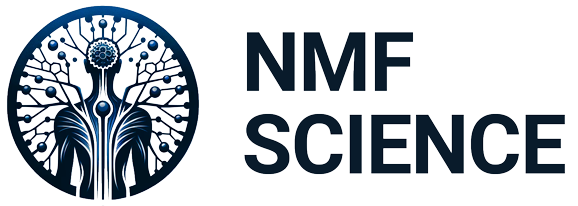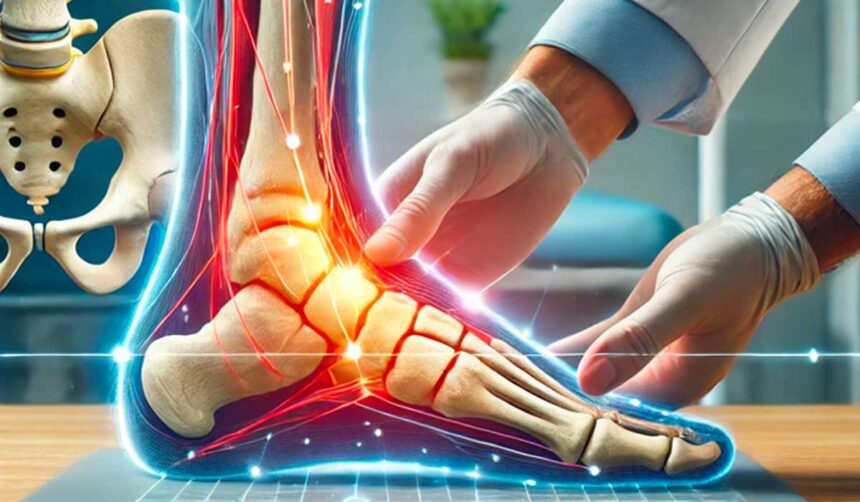Beyond the Foot: Revolutionary Neuromyofascial Approaches to Plantar Fasciitis Recovery
In the quest to demystify plantar fasciitis, a common yet perplexing ailment, my journey through the realm of Neuromyofascial Science has led to a revolutionary understanding of its true origins and effective management. Moving beyond the confines of conventional treatments, we explore a comprehensive approach that addresses the condition from its neuromuscular roots. This exploration not only challenges the status quo but also opens a window to innovative care strategies that promise lasting relief and recovery. Join me as we embark on a transformative journey that redefines the landscape of plantar fasciitis treatment, shedding light on the power of neuromyofascial science in revolutionizing patient care and outcomes.
A Step Towards Recovery: Embracing Advanced Treatments and Exercises for Plantar Fasciitis Relief
Ever wondered what Paris Hilton, Angelina Jolie, Peyton Manning, and Shaquille O’Neal have in common? Reports suggest it’s plantar fasciitis.
Do not let plantar fasciitis DEFEET you. Plantar fasciitis can be very disabling, causing severe pain and swelling on the bottom of the foot. It commonly presents as painful muscles and tendons on the bottom of the foot. Pain is often noticed soon after getting out of bed when the feet hit the floor and after sitting. It often affects both feet but may affect only one.
Understanding the Causes
Plantar fasciitis is a common chronic problem and is reported to be the single most common reason for an NBA basketball player’s retirement. The cause escapes most doctors; however, research at my clinic for nearly three decades has clearly shown that plantar fasciitis is caused in part by injuries of the spine and hip areas, leading to referred muscle tightness and even a form of dystonia in the muscle of the sole of the foot.
Innovative Treatment Approaches
- Spinal and Hip Treatments: It can often be completely resolved with special treatments to the spinal area driving the foot disorder, but may also need rehabilitative care to the calf and foot.
- Exercises: In most cases, it can also be treated and even prevented with key exercises for the spine and lower limb.
A Comprehensive Approach
Understanding the root causes of plantar fasciitis—linking it not just to local factors in the foot but to broader neuromuscular dynamics involving the spine and hip—reflects our dedication to advancing patient care through innovation. These insights revolutionize how we approach treatment, enabling us to design interventions that are as unique as the individuals we serve. Our aim is not just to treat symptoms but to address the underlying issues, crafting a path to recovery that is both comprehensive and compassionate.
Personalized Care
I underscore the significance of personalized care, meticulously tailored to meet the specific needs and conditions of each patient. This approach is foundational to combating the pervasive issue of pain bias, especially among women, ensuring equitable and effective treatment for all. Our mission extends beyond the clinical setting, aiming to empower individuals with knowledge and strategies to manage their conditions, fostering a community of informed and proactive participants in their own health journey.
Reflecting on the path traversed and the insights gleaned, it’s evident that the journey through Neuromyofascial Science and the discovery of fat water indexing mark just the beginning of a much larger quest. This journey isn’t solely about scientific inquiry; it’s a deeply personal mission to redefine recovery from chronic pain, inspired by my own battles and victories. As I continue to push the boundaries of medical science, my goal remains unwavering: to unlock the full potential of personalized, non-surgical recovery methods, transforming pain management into a journey of healing and empowerment.
Medical Disclaimer:
The information provided in this article is for educational and informational purposes only and is not intended as a substitute for professional medical advice, diagnosis, or treatment. Always seek the advice of your physician or another qualified health provider with any questions you may have regarding a medical condition or treatment and before undertaking a new health care regimen, regardless of your location. Never disregard professional medical advice or delay in seeking it because of something you have read on this website.
AI Disclaimer:
The images and abstracts featured in our blog posts are generated using artificial intelligence. While we strive for accuracy and relevance, there may be occasional discrepancies or errors. We appreciate your understanding and encourage readers to consider the context and intent behind these AI-generated elements.




